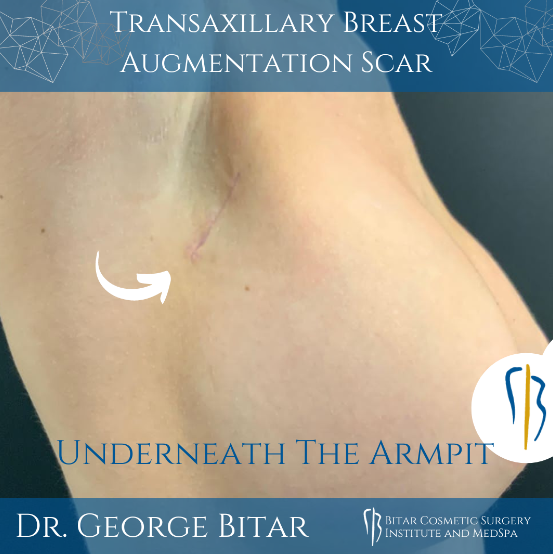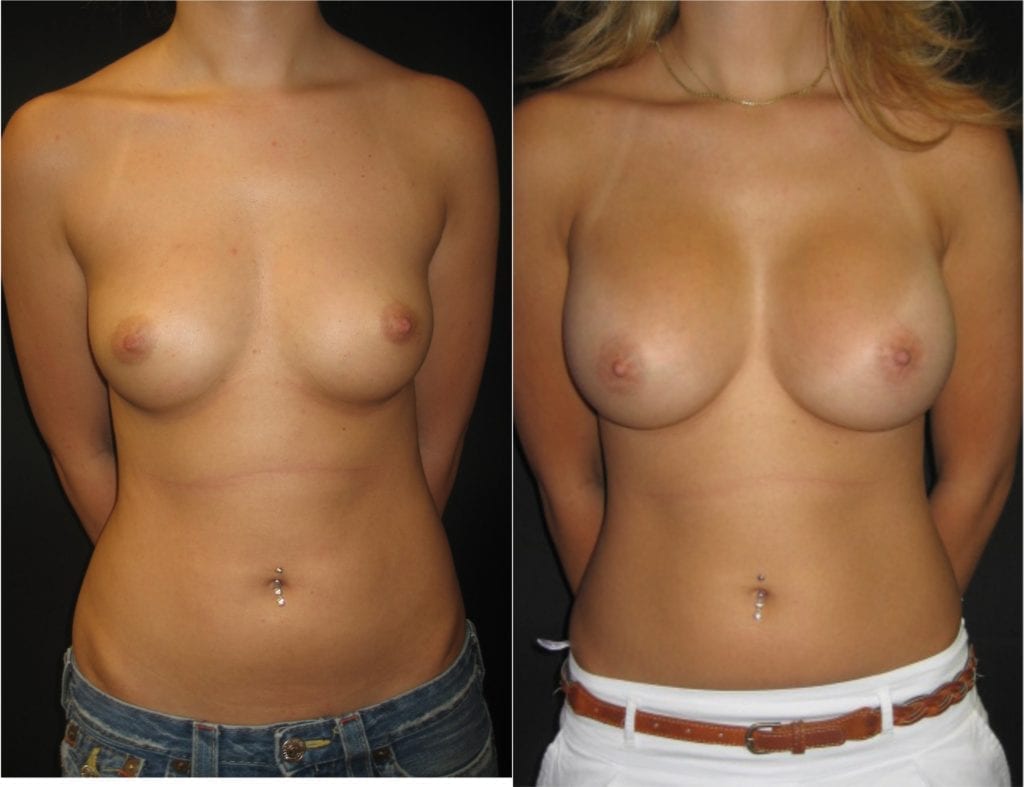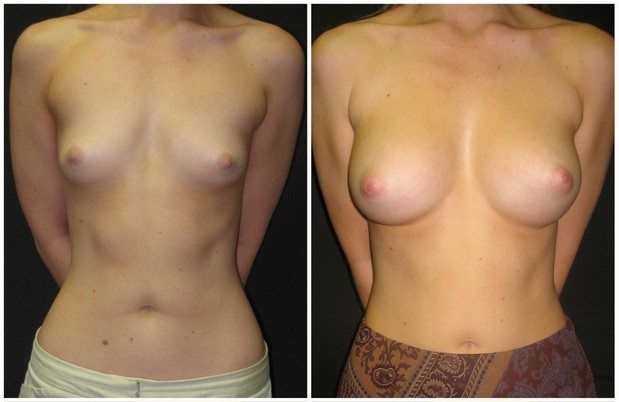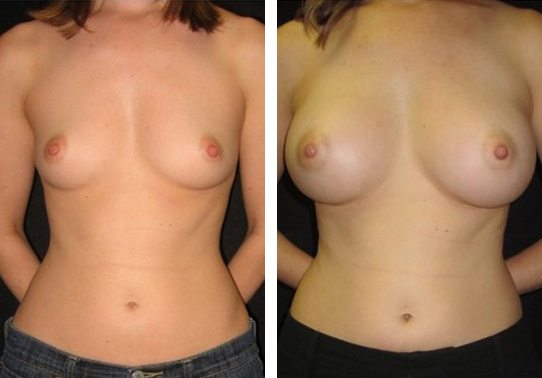
New developments in the way implants are made has changed the way augmented breasts look and feel. The results nowadays are more natural looking than ever before.
If you are thinking about undergoing breast augmentation surgery to enhance your appearance and boost your confidence, there are some things you need to understand and familiarize yourself with about the implants themselves and the procedure in general before going forward. Here are five essential things to consider when deciding on breast implant surgery.
It Takes Time
It is important to understand that the end goal takes time. You won’t leave the operating room with perfectly perky breasts. It takes time for your body to recover from the a breast augmentation procedure.
For example, in the first week or so after surgery, you might need to wear gauze or a bandage around the area. There might be stitches and scarring or drainage tubes inserted in the area.
As you heal from the surgery, there might be some swelling which makes the breasts look larger than you may have wanted. The swelling will go down, though. It might be a full year before you see the final results from your surgery.
Plan Ahead
What that means is that if you want implants for a big event in your life, such as your wedding or 30th birthday, it’s a good idea to plan in advance. Talk to your surgeon about the optimal timing for the surgery, so that you look as great as you feel on your big day.
Size Matters
Everyone’s body is different and so are breast sizes and shapes, not everyone has a body that’s suited for a D cup. In addition, not everyone has perfectly symmetrical breasts.
Before you settle on an implant size, it’s a good idea to give them a test run. During the consultation at the Bitar Institute, you can try on several different implant sizes in your bra, wearing a shirt that shows off your silhouette.
You might have thought you wanted to size up to a D, but after the session decide that a C cup is a better fit. Or, you might find that one breast needs a C cup sized implant and the other a B cup, due to unevenness.
Trying on the implants before the surgery reduces the chance you’ll feel disappointed after. At the Bitar Institute, we also have you you have a second chance to try out the implants, right before surgery, to make sure you’re happy with the implant size you selected
Location Matters
Breast Implant location:
During the surgery, the doctor can place the implant either above the muscle or below it. Under the muscle is often the preferred location, as it reduces the risk for certain complications or visual deformities. It also provides a more natural-looking and natural-feeling result.
Incision Location:
The location of the incision and scar is another thing to think about when considering breast augmentation. Typically, surgeons prefer to make the incision under the arm or in the crease under the breast.
Another option is to make the incision around the areola or at the belly button. An incision around the areola isn’t ideal, as it is more visible and it can affect a woman’s ability to breastfeed. Making an incision at the belly button makes the surgery take twice as long to perform and increases the risk of damage to the implant, as the implant is pushed through a tube from the naval area to the breast.
Will I have a scar?
We get a lot of questions about scarring. Yes. A “scarless” breast augmentation is more a marketing term than a surgical reality. Whenever the skin is cut, there will be a scar that fades with time. However, where your scar is placed is a discussion between you and your surgeon.
There are four ways to place a breast implant: from the breast crease, hidden in an armpit crease, through the belly button, or through the areola. Each technique has its advantages and disadvantages, but the armpit or belly button approach avoids scars directly on the breasts. The image below is a picture of a transaxillary breast augmentation scar underneath the armpit.

Long Term Implications: It’s Not Just Size That Might Change
When you get breast implants, it’s important to know that it’s not just the size and shape of your breasts that might change. You need to understand the long-term effects.
Based on the location of the incision and the positioning of the implant, it can affect your ability to breastfeed if you later decide to have children. If you plan on having children after your surgery, you should discuss your concerns with the doctor beforehand. In some cases, it might be a good idea to put the surgery off until you’re finished having children.
You Might Have to Replace the Implants
Some things last forever, but that can’t really be said about breast implants, whether they are made of silicone or saline. While it’s possible to have the same implants for years or decades, they do begin to shrink in size with time. The FDA recommends replacing the implants as needed and monitoring them to detect any changes.
Silicone or saline?
A lot of patients ask which type of implant they should consider. Each type of implant has its advantages. Silicone implants feel more natural, and the rippling is less visible in thin patients. Saline implants are cheaper, and implant deflation is much more easily detected. Keep in mind, silicone implants are only FDA-approved for patients 22 years and older.
You might also change your mind as you get older and decide that you want the implants completely removed or that you want a smaller or larger size. Plan on having additional surgeries in the future to adjust or remove the implants as needed. You might not need the surgeries, but it’s a good idea to be prepared.
Breast Augmentation Helpful Checklist
There are a number of things to consider and prepare for when thinking about breast augmentation surgery. We’ve put together a comprehensive list to help guide you through the decision making process and ensure you are informed and comfortable with your decision.
- Am I fully informed?
- Have I thoroughly researched breast augmentation surgery and its potential outcomes?
- Have I consulted with qualified medical professionals to address any concerns or questions?
- Are my expectations realistic?
- Do I have realistic expectations regarding the results of breast augmentation surgery?
- Have I considered the potential limitations and risks associated with the procedure?
- Have I evaluated timing considerations?
- Have I identified an optimal time for surgery that aligns with my personal and professional commitments?
- Am I prepared for the recovery period and any potential disruptions to my daily routine?
- Have I explored size and shape preferences?
- Have I tried on different implant sizes during consultations to determine the desired outcome?
- Am I comfortable with the potential asymmetry and shape adjustments that may occur post-surgery?
- Have I discussed placement options?
- Have I discussed the pros and cons of the implant placement with my surgeon?
- Have I considered the impact of incision location on scarring and future breastfeeding capabilities?
- Have I considered long-term implications?
- Have I discussed the potential impact of breast implants on future pregnancies and breastfeeding with my surgeon?
- Am I prepared for the possibility of future surgeries to address implant maintenance or revisions?
- Have I reviewed financial and insurance matters?
- Have I assessed the total cost of breast augmentation surgery, including preoperative consultations, surgery fees, and post-operative care?
- Have I explored insurance coverage options and potential financing plans available for the procedure?
- Am I emotionally prepared?
- Have I considered the emotional implications of undergoing breast augmentation surgery?
- Am I mentally prepared for the physical changes and recovery process following the procedure?
- Have I vetted the surgeon and facility?
- Have I researched the credentials and experience of the surgeon performing the breast augmentation?
- Have I visited the surgical facility and evaluated its accreditation and safety standards?
- Have I developed a comprehensive plan?
- Have I created a personalized treatment plan in collaboration with my surgeon to address my specific goals and concerns?
- Am I fully committed to following preoperative and post-operative instructions to optimize surgical outcomes and ensure a smooth recovery process?
Choosing the Right Surgeon Is Essential
Women who get breast implants often report a boost in self-confidence and self-esteem after the surgery. However, achieving desirable outcomes requires careful planning and open communication with an experienced, board-certified surgeon like Dr. George Bitar at the Bitar Institute. To explore your options and expectations further, schedule your initial consultation today by calling (703) 206-0506 or schedule an appointment online.
See the Results of Breast Augmentation Surgery by Dr. Bitar



View more breast augmentation before and after photos

George Bitar, MD, FACS is an award-winning, board-certified cosmetic and reconstructive plastic surgeon, the Founder and Medical Director of Bitar Cosmetic Surgery Institute in Virginia. He specializes in the latest surgical and minimally invasive techniques to scar management and reduction. Dr. Bitar is involved in groundbreaking research and education in plastic surgery and has authored numerous articles, abstracts, and chapters.





